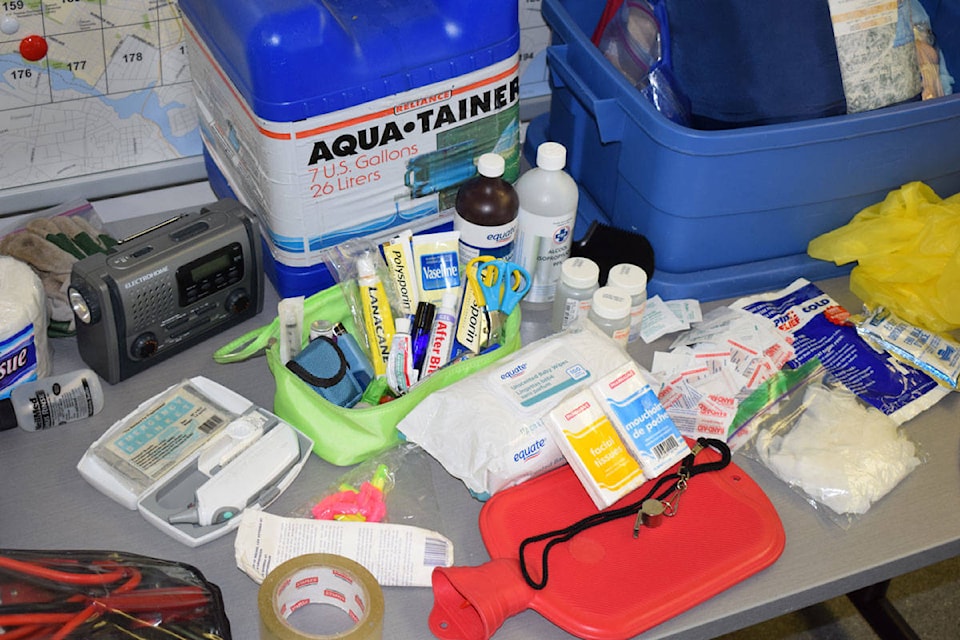This is part four of a special eight-part report done by Black Press Media on emergency preparedness in Greater Victoria. Find the series online at vicnews.com/tag/greater-victoria-emergency-preparedness.
Due to the looming threat of the ‘Big One,’ B.C. residents are taught from a young age how to conduct themselves during an earthquake.
We’re taught what to do during an earthquake but what happens after?
There are three different types of earthquakes that could affect the west coast of North America, explained John Cassidy, an earthquake seismologist at National Resources Canada.
A crustal earthquake in the North American tectonic plate would rank at about a magnitude 7 and would cause localized damage. These quakes are more shallow and cause the most shaking. Aftershocks could be expected in the weeks and months after.
READ MORE: Be prepared series
An offshore subduction earthquake, usually magnitude 9, is rarer but would cause the most damage, the whole west coast of North America would be affected. Landslides and tsunamis would occur and aftershocks could last up to a year.
These quakes haven’t been seen on the west coast of North America in modern times, Cassidy said, but seismologists have learned from similar earthquakes in other parts of the world.
An earthquake in the ocean plate could also occur, but it would cause less damage.
“They’re all different, they’ve all happened before and they’ll all happen again,” Cassidy added.
It’s important to be aware of what can be expected afterwards and that includes aftershocks for up to one year after the initial earthquake. Cassidy emphasized the same “drop, cover and hold on” rule applies for aftershocks as they’ll be indistinguishable from an earthquake and can cause similar damage. Buildings may weaken with the continued shaking and landslides may be triggered causing floods and water contamination across Greater Victoria.
The landscape will look very different after anything over magnitude 7, Cassidy noted, and the changes can last centuries.
The rehabilitation period after a big earthquake is called the recovery phase, said Maegan Thompson of Saanich’s emergency program.
ALSO READ: ‘Earthquake swarm’ strikes off Vancouver Island for past four days
One of the most important things to do in the days and weeks after an earthquake, or any emergency, is to check social media regularly and local media (such as the Victoria News) for important information from city officials, Thompson explained.
There are many unknowns – driving may be unsafe, transportation may be shut down and most utilities can be expected to be interrupted. Residents need to be able to sustain themselves for about seven days without services.
Routines are expected to change after a big earthquake, but Thompson emphasized the importance of getting kids back to school. This way, parents can go to work and help their community. All jobs are important, she noted. First responders and residents tasked with restoration will need contributions from others in the community so they can focus on their work.
Getting prepared for an emergency can feel daunting, but it will ensure you and your family stay safe and comfortable in any situation, Thompson explained.
Pick up your Be Ready guide at Black Press newspaper offices or find it online at vicnews.com/e-editions.
@devonscarlett
devon.bidal@saanichnews.com
Like us on Facebook and follow us on Twitter.
